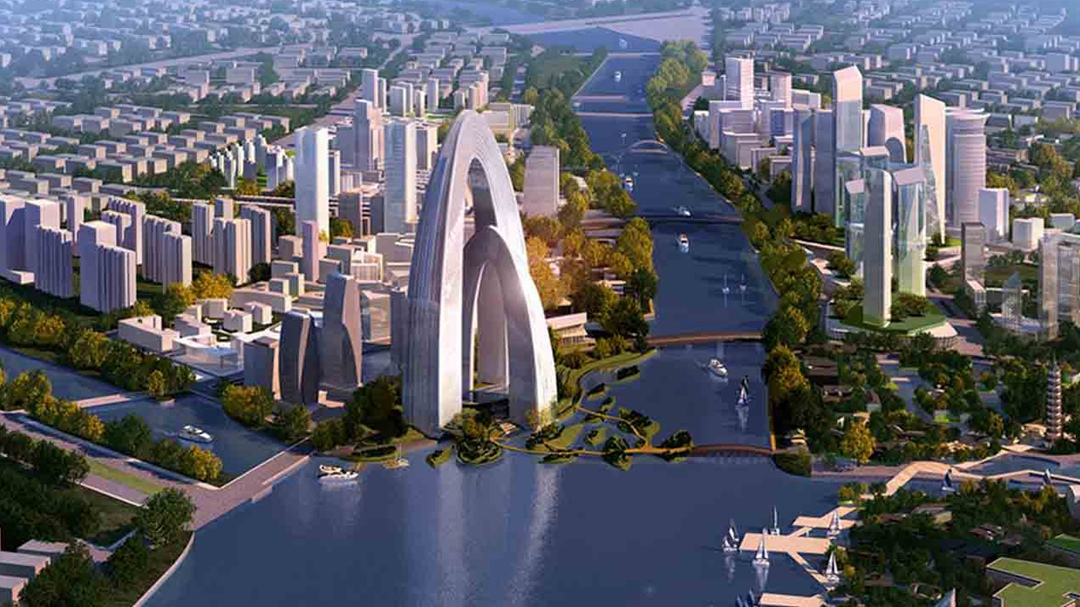
Biz
21:18, 04-Jan-2019
China’s State Council approves plan for Beijing sub-center
Updated
20:18, 07-Jan-2019
By Wang Qiwei
01:01

China's State Council has approved a plan for the development of a new sub-center in Beijing's Tongzhou district. The detailed plan outlines streets and communities to be built by 2035.
As a sub-center, Tongzhou will take over non-capital functions of Beijing and focus on governmental administration, business services and cultural tourism.
According to the plan, the sub-center will cap its permanent residents to 1.3 million by 2035 to keep a comfortable living environment, and the population density in the area will be no more than 9,000 residents per square kilometer.
"The figure is much lower than that of the central city. We set this figure after conducting comparative research of other international cities including Paris, New York and Tokyo. And Tongzhou's population density will be lower than in those cities," said Du Liqun, vice president of the Beijing Municipal Institute of City Planning & Design.
Tongzhou is a 40-minute drive from downtown Beijing. Since the end of last year, Beijing's municipal government has been moving its offices out of the downtown area to Tongzhou.
The plan also says Tongzhou will be "an urban area without urban ills". The sub-center will build an eco-friendly transport system, adopt measures to control pollution, and develop intelligent urban management systems.
"Traffic congestion can cause a series of problems such as delays and air pollution, but there's a solution to this," said Guo Jifu, the president of Beijing Transport Institute.
“Big cities around the world have experienced a process of 'relocating functions' when faced with these problems. And the most important thing about relocating functions is changing the way of city's development, from vehicle-centered to human-centered," Guo added.
The plan says public services, such as education, sports and healthcare, should be advanced to improve the residents' quality of life. It also outlines the measures for cultural development and coordinated development with surrounding areas in neighboring Hebei Province.
The sub-center is expected to serve as a role model for city construction in China.

SITEMAP
Copyright © 2018 CGTN. Beijing ICP prepared NO.16065310-3
Copyright © 2018 CGTN. Beijing ICP prepared NO.16065310-3